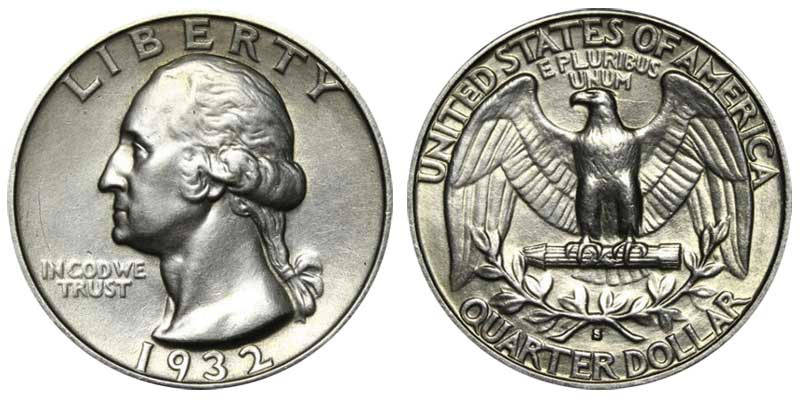Imagine finding a penny that could change your financial future overnight. While it might sound like a fantasy, the Lincoln Wheat Penny has become a headline-grabbing sensation for its potential to be worth as much as $1.8 million. Even more astonishing? Some of these rare coins might still be hiding in everyday circulation.
What is the Lincoln Wheat Penny?
First minted in 1909 to honor the 100th birthday of President Abraham Lincoln, the Lincoln Wheat Penny is an iconic piece of American numismatic history. The penny was designed by famed sculptor Victor David Brenner and became the first U.S. coin to feature a historical figure.
The obverse side showcases Lincoln’s profile, while the reverse depicts two stalks of wheat flanking the words “ONE CENT,” symbolizing prosperity. This classic design was in circulation until 1958 before transitioning to the Lincoln Memorial design in 1959.
Although most Wheat Pennies are only worth one cent, a few rare variations have transformed them into million-dollar collector’s items.
Why Is the Lincoln Wheat Penny So Valuable?
While many Lincoln Wheat Pennies have minimal value, certain versions stand out. Chief among them is the elusive 1943 Bronze Wheat Penny—a coin that wasn’t supposed to exist.
During World War II, the U.S. Mint prioritized copper for military equipment, leading to the production of pennies made from zinc-coated steel in 1943. However, a few pennies were accidentally struck on leftover bronze (copper) planchets from 1942. This error created one of the most coveted coins in American history.
Because so few 1943 bronze pennies exist, their scarcity has skyrocketed their value. In fact, one of these coins fetched an astonishing $1.8 million at auction. The mystery and rarity surrounding these pennies have only fueled their legendary status in the coin-collecting community.
How to Identify a Rare 1943 Bronze Wheat Penny
If you’re lucky enough to come across a 1943 penny, here are four steps to determine whether you’ve struck gold—figuratively speaking:
1. Check the Date
First, locate a 1943-dated Lincoln Wheat Penny. Remember, most 1943 pennies are steel, but you’re on the lookout for a bronze one.
2. Use a Magnet
Steel pennies will stick to a magnet due to their iron content. A bronze penny will not. If your 1943 penny doesn’t cling to a magnet, you could be holding something special.
3. Look for a Mint Mark
Rare versions exist from the Philadelphia (no mint mark), Denver (D), and San Francisco (S) mints. The 1943-D bronze penny is among the most valuable.
4. Seek Professional Authentication
If you suspect you’ve found a rare 1943 bronze penny, consult a reputable coin dealer or grading service like PCGS or NGC. They will confirm its authenticity and provide an estimated value.
Other Valuable Lincoln Wheat Pennies Worth Searching For
While the 1943 bronze penny gets the most attention, several other Lincoln Wheat Pennies can also fetch thousands:
- 1909-S VDB Penny: The first-year issue featuring the initials “VDB” (Victor David Brenner) is highly prized.
- 1944 Steel Penny: Another wartime error, this steel penny was mistakenly minted after production switched back to copper.
- 1955 Double Die Penny: A famous misprint where the date and lettering appear doubled, making it highly desirable among collectors.
Are Rare Pennies Still in Circulation?
It may surprise many, but rare Lincoln Wheat Pennies occasionally slip through the cracks and end up in circulation. While collectors have recovered most of the valuable ones, there’s always the possibility that a forgotten penny is still hiding in a piggy bank, an old coffee can, or even among spare change from a grocery store visit.
With millions of pennies circulating annually, overlooking a valuable one is easy. That’s why coin enthusiasts and even casual hobbyists keep an eye on every penny they come across.
Why The Lincoln Wheat Penny Is A Collector’s Dream
Aside from their potential monetary value, Lincoln Wheat Pennies serve as historical artifacts, offering a tangible connection to American heritage. From the artistry of Brenner’s design to the influence of World War II on minting materials, these coins tell stories of a bygone era.
The thrill of potentially discovering a $1.8 million penny makes the hobby even more enticing. As awareness spreads, more people are paying close attention to their change, hoping to uncover one of these legendary finds.
Final Thoughts: Could There Be a Fortune in Your Pocket?
The Lincoln Wheat Penny is a symbol of American history, but for a fortunate few, it could also mean financial windfall. Whether you’re an experienced numismatist or simply someone curious about coins, it’s worth paying extra attention the next time you receive loose change.
The odds of finding a 1943 bronze penny may be slim—but as history shows, they’re not impossible. So, before you toss that penny into a tip jar or leave it lying around, take a closer look. That small copper coin could turn out to be your $1.8 million treasure.













